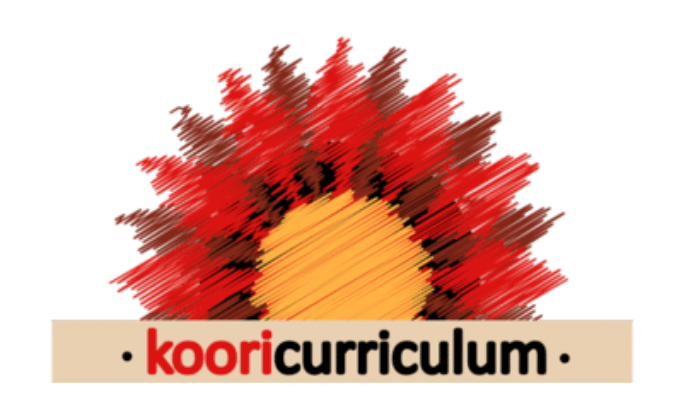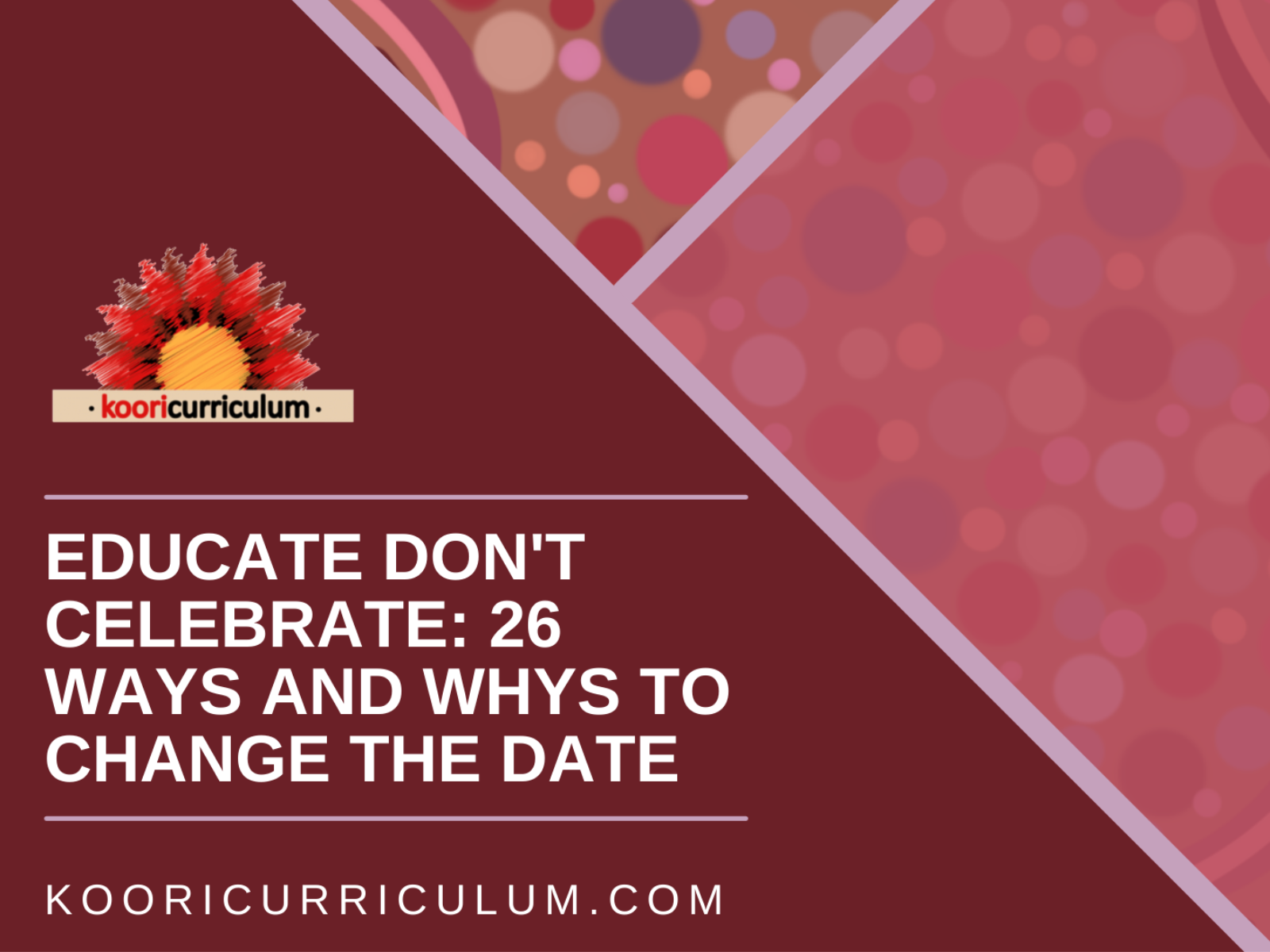
Aboriginal art as a form of valid cultural knowledge

Aboriginal art is never merely decoration, it is linked into a culture that is threatened and complex. It preserves and sustains that culture, and expresses it to modern Australia.
Contemporary Aboriginal artist, Saritta King, who has Gurindji ancestry, described it this way:
"The thing that sets Aboriginal art apart is the story, I don't think that the story will ever leave Aboriginal art. When you walk into an Aboriginal art gallery, it's like you're walking into a book. You're walking into knowledge, into a beautiful picture book where every image you see has a soul."
The oldest Aboriginal art with a confirmed date is 28,000 years old. However, other works are estimated to be 40,000 years old. It is the oldest continuing art tradition in the world.
The stories it tells are diverse. It reflects over 500 different peoples, with different languages and lands.
Its uses and subject matter are also diverse, including communication, teaching and ceremonies about such things as society, politics, historical events, daily life, beliefs, relationships and personal reflections.
Traditional Aboriginal art media includes painting on leaves, bark, wood and stone using water colours ground from stone and sands; carving of wood and rock, ceremonial clothing, jewelry and body painting.
Traditional symbols are passed down through families and clans, and their meanings differ from group to group. There are often strict protocols about how symbols and materials are used.
Contemporary Aboriginal artists have adapted traditional symbols to western media. Notably the popular dot painting styles using acrylic paint that started in the Western Desert movement in Papunuya in the 1970s. Aboriginal art continues to evolve and is widely sought after around the world.
It has often been disrespected. Australia’s first one-dollar bill in 1966 was also the source of the first Aboriginal art copyright case. It used work by Yolngu artist David Malangi without acknowledging him or getting his permission until there was a public outcry.
Another work, the 14 square metre Wallaby and Possum Dreaming mosaic by Warlpiri artist, Kumantje Jagamara is shown on our five-dollar bill. The original is located directly outside the Australian Parliament House.
In the 2017 Uluru Statement from the Heart, Aboriginal and Torres Strait Islander people asked to have a voice inside the Parliament too. The Government agreed to this, however progress towards it is slow and has been met with opposition. Aboriginal art cannot not be disconnected from Aboriginal voices.
When teaching children about Aboriginal art, it is disrespectful to copy it without the permission and acknowledgement of the owner. It is best taught with the guidance of an Aboriginal elder. By identifying the artists and their countries, peoples and contexts we are teaching children to respect and acknowledge the story and soul of Aboriginal art.



